History of Caricature Art
Caricatures and other types of art have had a significant impact on shaping modern civilizations. How? To understand the critique, you need refined thinking. It's more than simple criticism. And that's a good thing, as constructive criticism often leads to positive changes. To clarify further, let's define the term 'caricature.' According to Wikipedia, a caricature is an artistic illustration where the subject's features are simplified or inflated for political purposes, drawn solely for entertainment, or a combination of both. Just like art isn't a precise science, the history of caricatures and their evolution as an art form is not well-known with accurate historical details. However, indications suggest this art form has followed a distinct chronological progression in its transition, reflecting a journey from early forms of visual satire to a recognized art form.
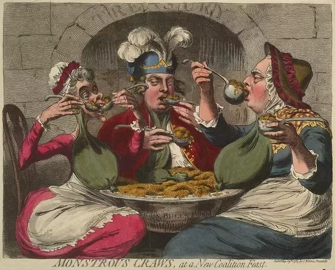
Ancient Origins:
Caricature, though not recognized, goes back to ancient civilizations. The Greeks and Romans created exaggerated sculptures and drawings, but these were not necessarily intended as caricatures in today's way we understand them.
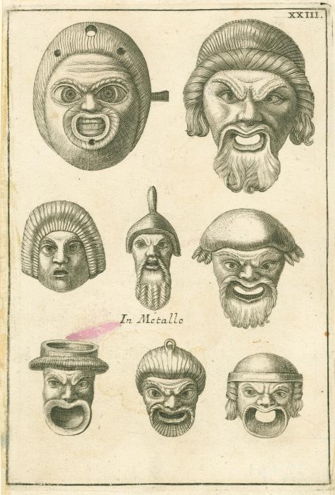
Renaissance Beginnings:
In the late 1500s, Annibale Carracci began creating this form of art by playfully altering people's features in his sketches, even though, at the time, caricatures weren't seen as true art. For a long time, caricature was considered an Italian particularity. However, around the same time in Northern Europe, artists like Pieter Bruegel the Elder also made portraits with a bit of exaggeration. Some think the weird, gargoyle-like creatures in old manuscripts are early caricature models. There's a controversy among historians about whether artists like Hieronymus Bosch, around the late 1400s to early 1500s, included this manner in works like his 'Garden of Earthly Delights.' And then there's Guiseppe Arcimboldo, from the 1200s to the 1500s. He became famous for making portraits of royalty using pans, vegetables, and instruments in his designs.
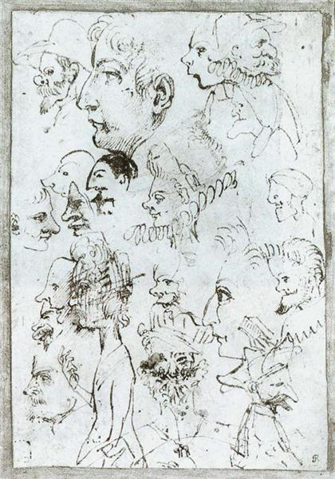
17th and 18th Centuries:
During this period, comic illustrations earned popularity across Europe. Italian artists like Pier Leone Ghezzi were known for their satirical portraits. In England and France, caricature became a social and political commentary tool. Artists like William Hogarth in England used caricatures to critique societal standards and manners.
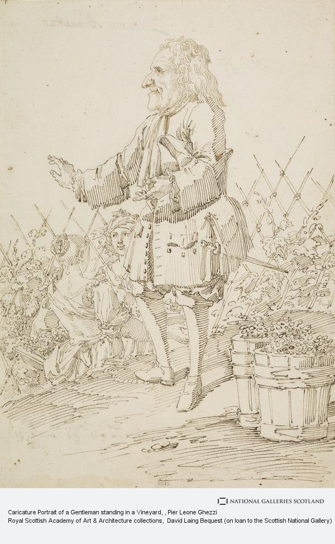
19th Century – The Golden Age:
Caricaturists in the 19th century were like informal sociologists. They earned their bread by closely observing everyday life – what people did, ate, dressed, and what mattered to them. But unlike actual sociologists, they weren't neutral. These artists would make judgments, poke fun at, and often lampoon the folks they depicted in their sharp, humorous works. The future artworks focused on the overindulgences of 19th-century England, like heavy drinking and eating, the two-faced nature of gossip, and the extremes found in the animal rights movement. Satirists often made fun of how much people drank. William Heath's cartoon 'Blessing of Cheap Cider' discusses the 1830 Beerhouse Act by the Duke of Wellington, Britain's prime minister. This law made selling beer cheap and easy, trying to get workers to drink beer instead of more potent stuff like gin. It's not sure if it cut down on hard liquor drinking, but it led to many more beerhouses in cities where many workers lived. In the cartoon, a big, working-class guy is having a tough time after a night of heavy drinking, and he wonders if the Duke of Wellington ever drinks cider.
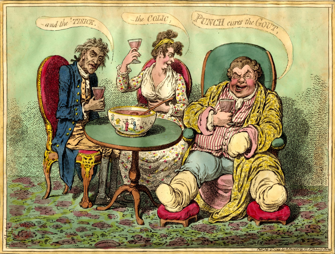
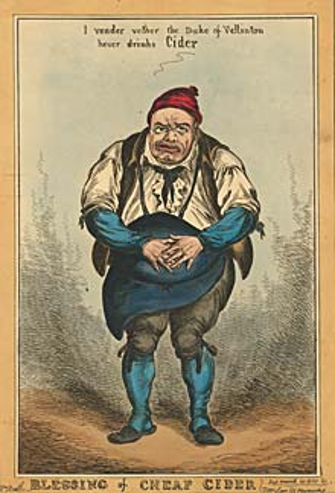
20th Century Expansion:
In the early 20th century, caricaturists had to adapt as photography became more popular in Europe. They still had a place in newspapers and branched into advertising and political arenas. Between the world wars, such funny drawings became a tool for both the extreme left and right groups. German nationalists and their supporters used it for anti-Semitic and racist propaganda, while revolutionary socialists used it to criticize the wealthy capitalist class.
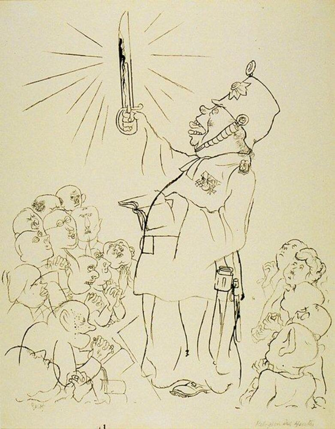
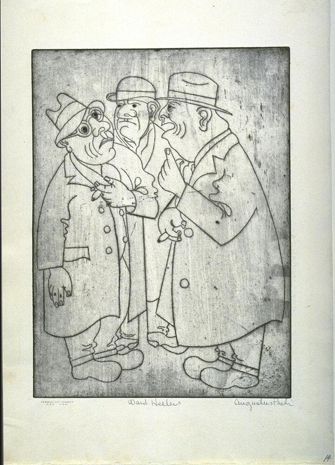
Modern Era and Digital Revolution:
Have you ever noticed, in big cities, those long waits of excited people waiting eagerly to see how they'd look in a comic-style painting? It's a pretty common sight. Caricatures are popular and loved as a form of art these days. They're charming because they mix old-school styles with elements that matter and captivate. Artists make them not just for art purposes but also to talk about politics and society in a way easier to understand than reading or listening. Many people have caricatures in their art collections since they've become so easy for everyone to get. If you want one, find an artist you like, figure out what your future artwork will look like, and tell them the extraordinary things you want to show off in the art.
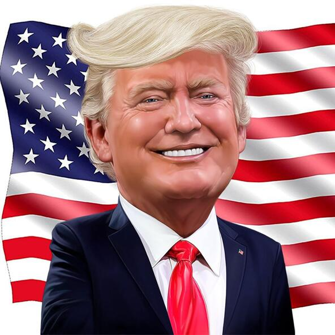
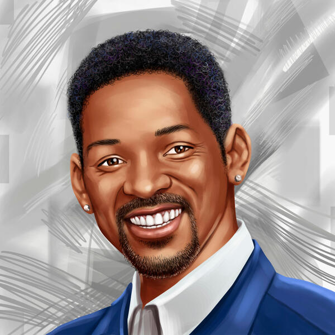
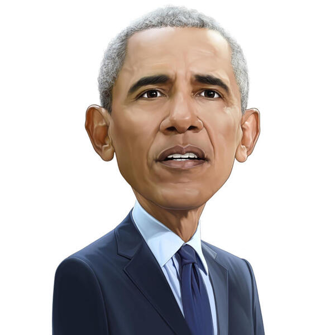
Comments